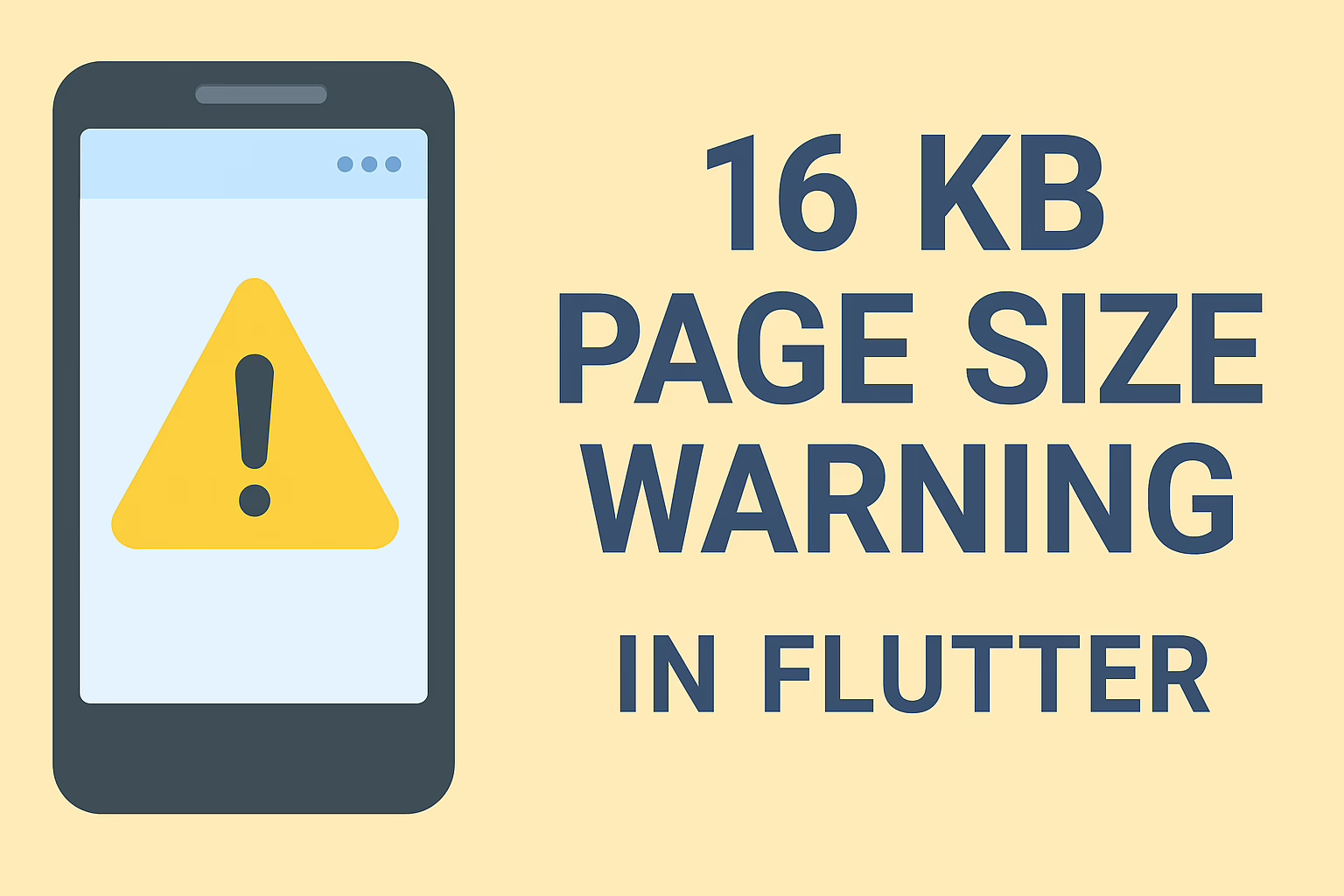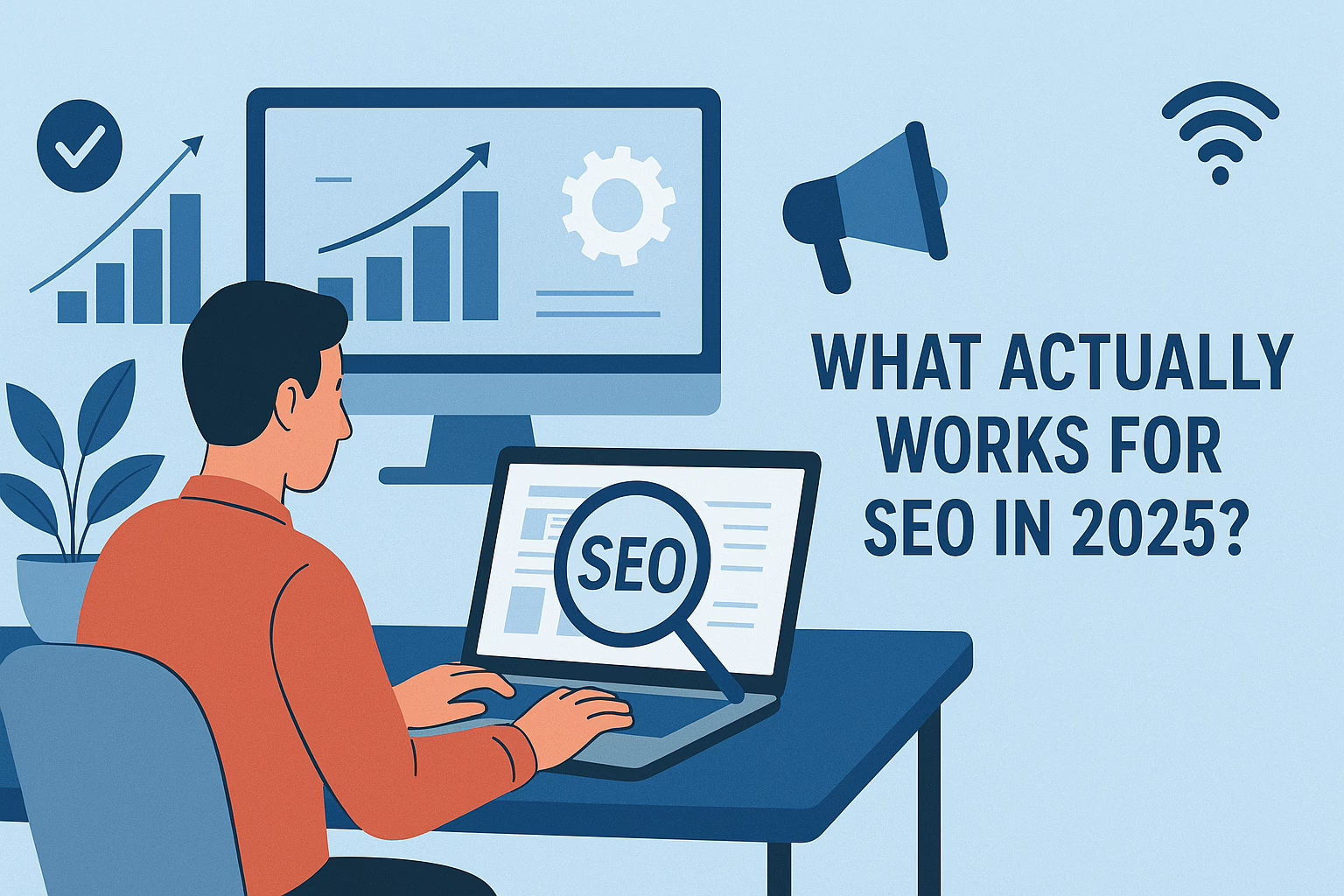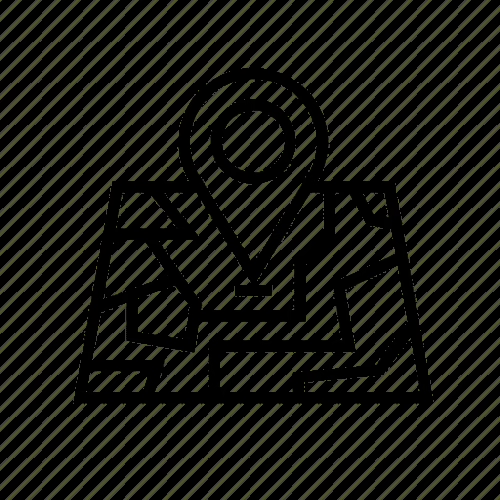In general, when we are searching for a website and it’s taking too much time to load, what do we do? We’ll no longer use the website, right? So, to measure the speed of your website, core web vitals will help you. To measure this, we can use PageSpeed Insights (web.dev), GTmetrix | Website Performance Testing and Monitoring, etc. There they’ll show what all items need improvement to increase your website performance.
3 core web vitals to measure the user experience of the page:
The non-Core Web Vitals are:
- Total Blocking Time (TBT)
- First Contentful Paint (FCP)
- Speed Index (SI)
- Time to Interactive (TTI)
You must score well for all 3 core web vitals to pass the assessment. To pass the Core Web Vitals tests, you need:
- Largest Contentful Paint (LCP): 2.5 seconds
- First Input Delay (FID): less than 100 milliseconds
- Cumulative Layout Shift (CLS): less than 0.1
Brief about LCP (Largest Contentful Paint)
LCP measures how rapidly users can access the primary material, which can be a picture, an article, or a description.
For instance, even though your website loads quickly, the page’s largest content could not load as fast as other parts of the webpage.
However, from the user’s perspective, the page is still slow even though other speed test programs will give you a high result.
For website owners to have a better understanding, Google includes the LCP in their web vital score.
Brief about FID (First Input Delay)
FID measures how long it takes a user’s browser to start processing event handlers after they interact.
Let’s say for the sake of simplicity that a user is on your contact form page. After completing the form, they press the “Submit” button. FID will determine how quickly that interaction is handled by your website.
The period of time between when a user clicks on a link and when their browser begins processing the subsequent series of events is an even more straightforward illustration.
Cumulative Layout Shift (CLS)
The amount of time it takes for a website to become visually stable is measured by CLS.
Some website components take longer to load than others. The information shown on your page may continue to move around the screen at this time.
For instance, the entire piece of content will move down if a user is reading a paragraph on a mobile device when a video loads above it.
When a consumer was trying to complete an activity, like adding a product to the cart, and the button moved down as a result of other objects moving on the page, it can be very annoying.
Sreyas IT Solutions helps in building an optimized website with much better core web vitals. We are also one of the leading web and mobile application development companies and well expertise in e-commerce development and also provide post-launch support and maintenance.







